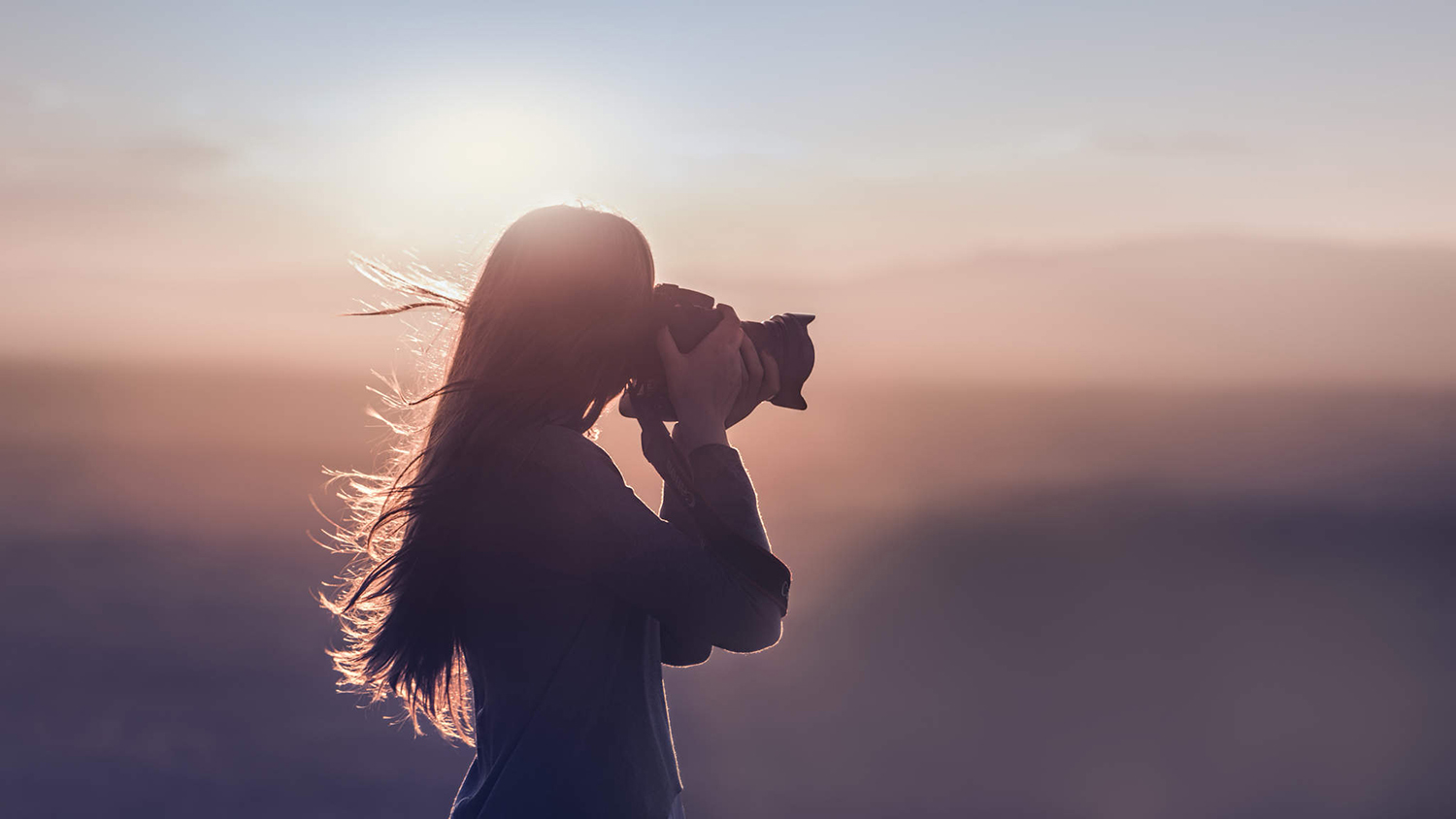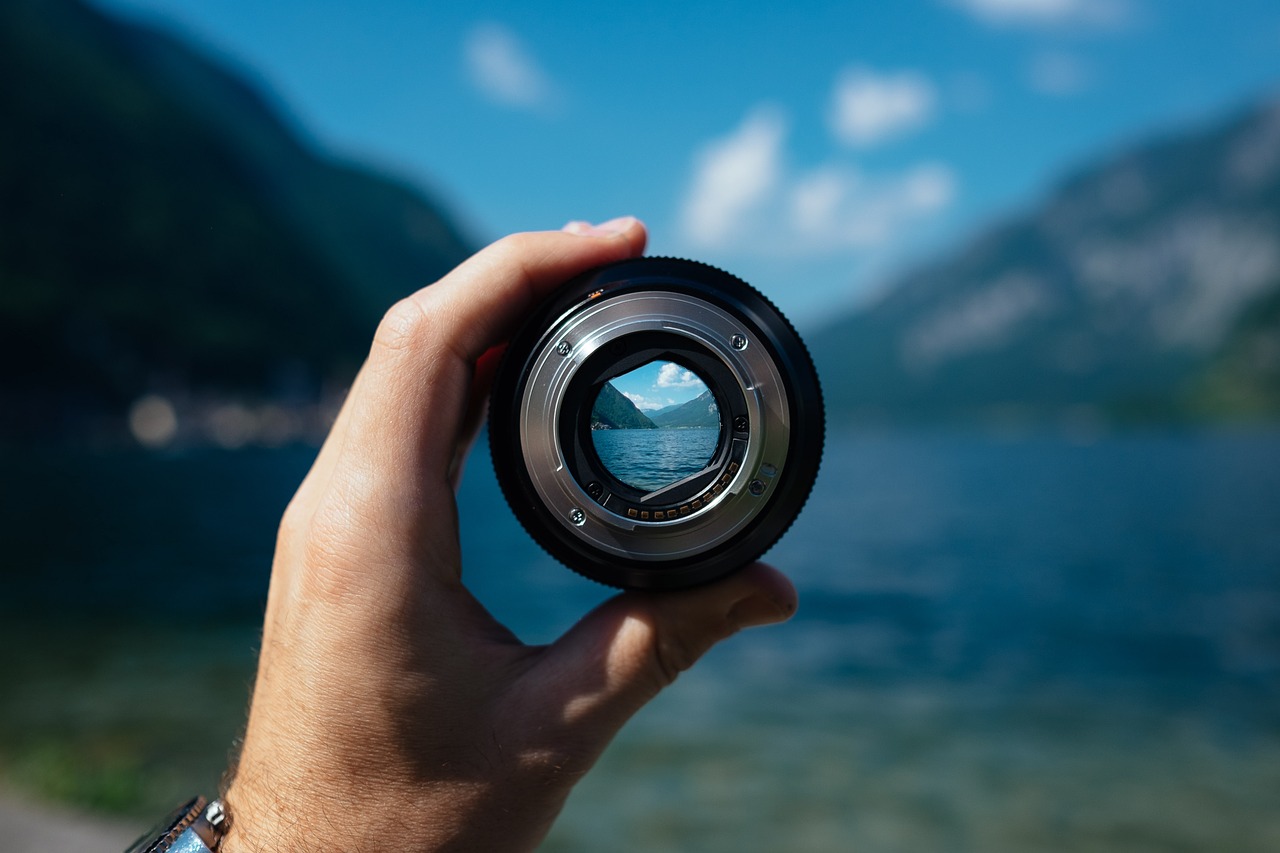Professional photographers know the basic 4 key factors to consider when taking a picture (that even amateurs are aware of).
Subject in place
8–10am and 5–7pm are the best times of day to shoot when there isn’t much sunlight. This will allow you to position your subject facing the sun with less hot/exposed spots on the face.
Proper framing
To focus more on the subject and make more candid photos, frame your shots with elements in the foreground. A long zoom lens will enable you to shoot through a crowd/foreground objects.
Camera lens
Technically, the long zoom lens is highly effective as a portrait lens and is more fitting to take head/profile shots. It compresses the planes of the face, creating a real-life look with less distortion. The wide lens (18mm–55mm) is best for crowd or group shots and works well for stage documentation, but should never be used as portrait lens.
The lighting
Most cameras have a popup flash which can provide enough light to expose the shot, however, it creates a less natural look on the subject. So forget about the popup flash — instead, craft your light with an external flash. Attach it to the hot shoe mount of your camera, which can pivot and swivel, diffusing light by aiming it away from the subject.
These technical tools are success drivers in creating eye-catching image,s just as how Wedding Photographer Toronto catch authentic moments in every shot they take. But there are hidden factors in this course that may not be seen by the naked eye, however, draw pictures that tell interesting story.
Here are a few notes:
Conceive the picture
The photographer must use his imagination before clicking the shutter. With technology backing the process, a relationship is established between the photographer and the viewer — a message is relayed. Sometimes, though, viewers may have different understanding and interpretation of a photo.
Connect with the subject
- People pictures, though categorized as portrait and candid, require interaction between the photographer and the subject. Talk to them and listen to their stories at the same time, especially when you’re doing wedding photography. If your subject is a still object, appreciate its form, texture and color to take the best shot.
- Anticipate behavior. Know your subject enough to be able to anticipate what they are going to do. The key is to watch people carefully and have your camera ready.
Capture real moments
When subjects get too choreographed they tend to appear unreal and less interesting. Sometimes, you just have to let things be free to discover genuineness like this one wedding photo by James Day, who suggested to the newlyweds “Guys, stop posing. Just enjoy your first sunset together as husband and wife”. In the photo, the groom is whispering into the bride’s ear as a tear rolls down her cheek.
Each photo tells a story, but what makes other shots interesting is how the picture was conceived to bear a semblance of truth, the connection established between the photographer and the subject, and the authentic moments captured.


